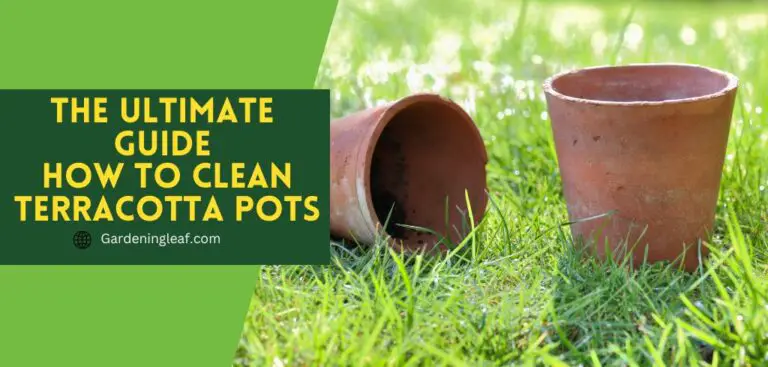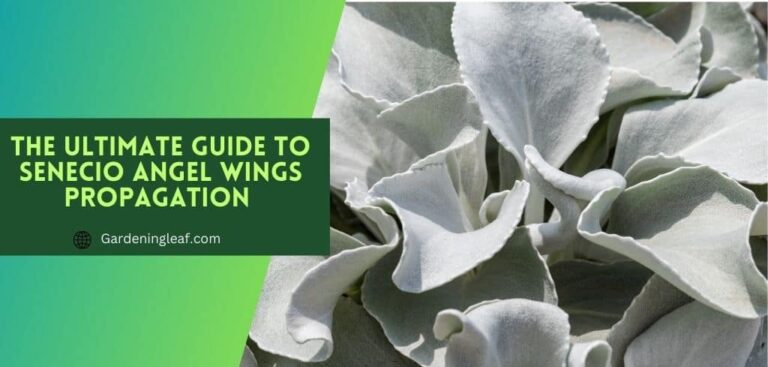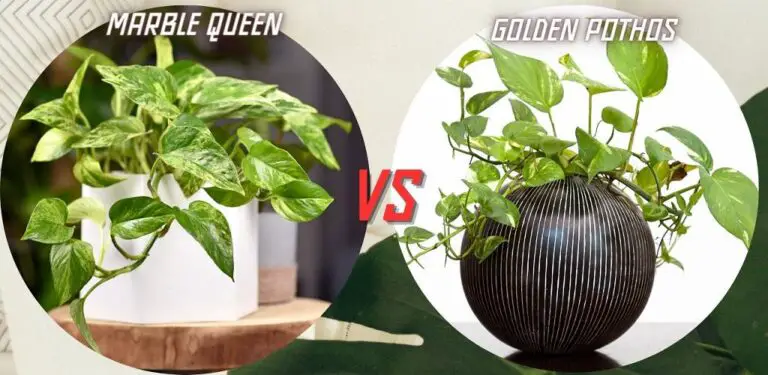How to Keep Moss Pole Moist: 10 Awesome Tips
If you’re looking to add a touch of greenery to your home without taking on the hassle of gardening, consider using moss poles. These sturdy plants can provide easy support for tropical climbing plants and are perfect for spaces that don’t get a lot of sunlight. However, like any plant, moss poles need very little moisture to stay healthy and happy.
Moss pole is a plant often used as these plants love humidity and love to climb. For that, you need to keep moss poles moist, but many people don’t know how to keep moss pole moist. Place the vine against the moss pole and tie it to the pole if you see aerial roots on your vines. The roots will be encouraged to grow into the pole as a result. Aerial roots allow a plant to climb continuously upward and across ceilings, walls, or fences.
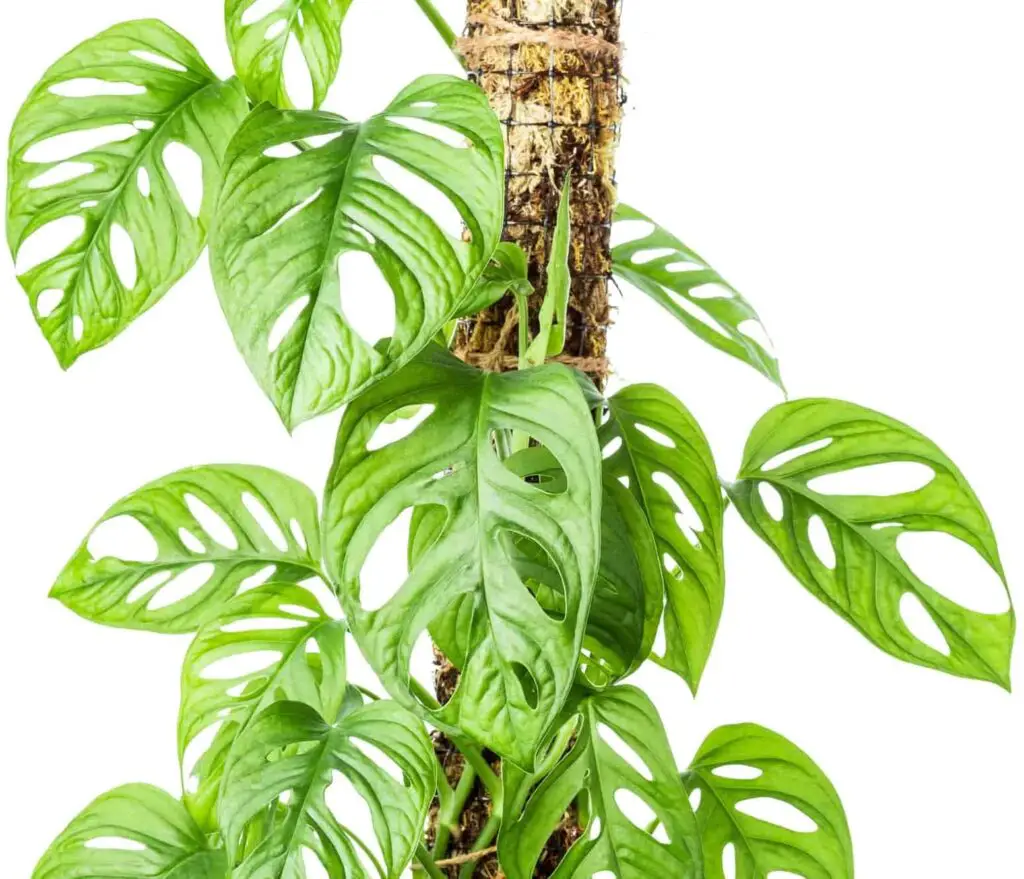
Mossy poles train aerial roots (the roots of a plant that grow above the ground) and allow plants to climb up into the air without needing support. While caring for my pothos (Epipremnum aureum) monstera, monstera deliciosa, monstera adansonii, and other climbing plants, I will explain my techniques for keeping my moss pole wet in this article.
Part of the care for moss pole plants is watering them regularly. These can handle a little dryness, but they will not survive if you water them too often or when the soil is too wet. During the summer, watering moss pole plants should be done once per week, and during the winter, twice to three weeks.
Make sure that your water reaches down into the roots of the plant. So that it can get moisture from deep within The best way to water moss Pole plants is by using a watering syringe with a spout nozzle which makes pouring water onto roots easy.
How To Keep Moss Pole Moist?
Plants need to be kept moist on a moss pole in order to stay strong and healthy. Fortunately, there are a few easy procedures you can follow to make sure your moss pole is receiving the proper care.
Here are some tips to How to Keep Moss Pole Moist:
1. Store Moss Pole in a Dry Location
Always store your moss pole in a dry location to prevent it from becoming damp and mossy. A good way to store your moss pole is by hanging it from the ceiling using hooks or a wire frame. Avoid placing your Moss Pole near water sources, as this will cause it to become wet and moldy.
2. Avoid direct sunlight
Keeping your moss pole in a shaded area and watering it regularly will help to prevent direct sunlight from damaging it. However, ensure not to keep the moss pole too far from the sun. Direct sunlight can make it dry and brittle. Regular misting of water will help to keep moss poles moist.
Pour a small amount of water into the bottom of your watering can turn it on, and slowly pour the water onto the moss pot so it spews out over the plant in a mist form. This helps to evenly distribute moisture throughout the plant while reducing watering requirements overall.
3. Avoid Overwatering Moss Poles
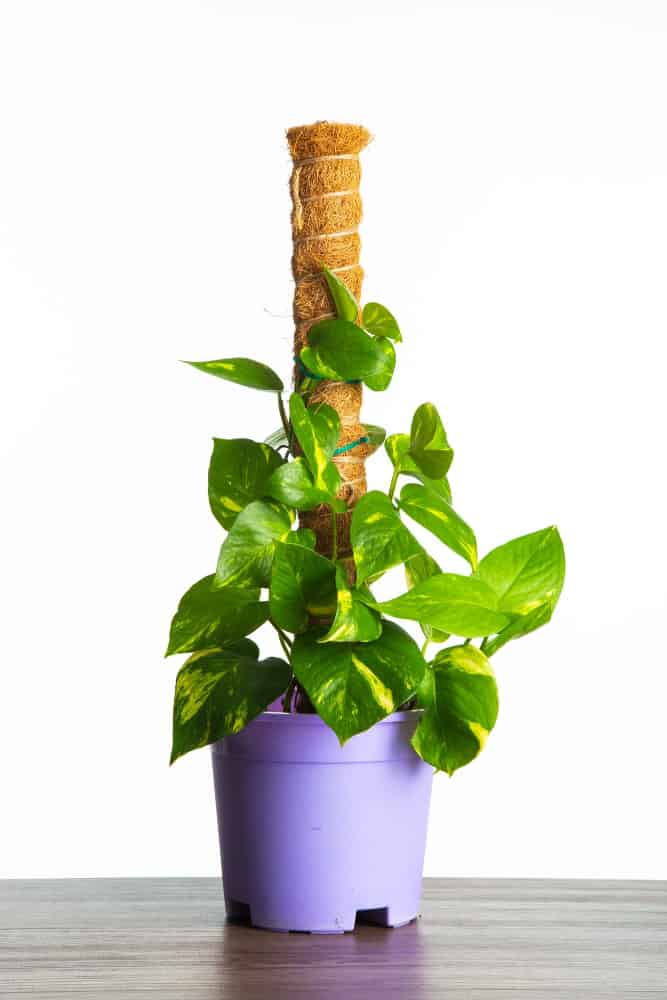
One of the most common mistakes made by homeowners is overwatering indoor plants. You can prevent your moss pole from becoming soggy and root-bound by following a few simple measures. Watering moss pole plants should be done in moderation – only when the soil looks and feels dry.
Do not water it daily as this will cause over-watering and kill the plant. Watering it immediately is essential if you notice the moss pole droopy or wilted. Avoid spraying water directly onto the potting mix – this could damage its surface layer.
When watering moss poles, aim for a gentle trickle of water that will slowly soak into the soil. Too much water in a short period can cause root problems and make your plant susceptible to pests. Overwatering can also cause moss poles to become spongy, making it difficult to attach the plant to a substrate.
4. Maintain Proper Airflow
Maintaining proper air circulation around moss pole plants is essential for keeping them healthy and moist. Make sure there are no drafts in the vicinity of your Moss Pole, as this can cause moisture levels to drop quickly.
Keep an eye on your plants during summer when temperatures reach high levels, as extreme heat may contribute to wilting or even root rot. To improve airflow in enclosed spaces such as a house or office, consider using a plant stand or potting mix that offers better drainage.
5. Let moss absorb water on its own

Keeping moss plants moist is a delicate balance that requires some patience. By watering your plant regularly but avoiding over-watering, you will help the moss to secrete its natural moisture absorbers (a process known as transpiration). Fertilizing your moss can lead to greener plants but won’t make them stay moist in the long run.
If water isn’t absorbed after a few hours, it might be time to add a little more before watering again. Mosses need periodic care just like any other houseplant. However, they are particularly sensitive to excess moisture, and rot may set in if not given enough opportunity for self-watering. So don’t forget to top up their water reservoir on occassion!
6. Prune and trim regularly
To keep your mosses healthy and fresh, prune and trim them regularly. You should do this every two weeks when the weather is milder. Dead or dried-out leaves should be removed because they can harm your moss. Avoid direct sunlight and windy conditions, as these can also damage your moss.
7. Use a Humidifier
Using a humidifier will help keep your moss pole healthy and moist. Make sure to place it where the water will collect (near the plant), and use a spray bottle to regularly mist the leaves. You can also adjust the humidity level as necessary.
8. Use a Wicking System
Using a wicking system can help keep your moss pole healthy and moist. It uses water channels (usually made of plastic) to take the moisture directly from the potting mix and onto the plant roots. This is more expensive, but it can be worth it to avoid excess moisture buildup on the plant’s leaves or roots.
FAQ:-
How to keep coco coir pole moist?
One of the most important aspects of keeping a coco coir pole moist is ensuring it’s always soaked. If you water your coco coir pole only when it feels dry, you likely need to provide more moisture and nutrients to the plant. Instead, Water your coco coir pole every day or two (depending on how much rain has fallen), using about half as much water as you would for regular soil watering. Ensure the area around your plant is well-drained at all times, so excess water doesn’t accumulate and cause mold or other problems.
Here are some tips on how to keep the coco coir pole moist:
- Keep the potting soil wet but not flooded. This will help maintain sufficient moisture levels in the potting mix while preventing additional watering needs from happening.
- Mist the Coco Coir Pole occasionally with a spray bottle filled with room temperature water or gently spritz using an irrigation system. Be careful not to over-irrigate, as this may cause roots in contact with the Coco Coir Poles to rot prematurely.
- Never leave pots of Coco Coir Pots sitting in direct sunlight – this will dry out the material quickly and lead to premature drooping or even splitting of plants (coco).
Can I put a moss pole in direct sunlight?
It is not advisable to put moss poles in direct sunlight; Sun heat evaporates the water from the plant surface and makes DIY moss poles dry. That is why placing it in direct sunlight is not recommended. While moss can withstand direct sunlight, it is best to place it in a shady area or indoors. Exposure to too much sunlight could damage the plant and cause it to lose its color, texture, and flavor.
Can you make a moss pole with sphagnum moss?

Sphagnum moss is a type of plant that can be used as an eco-friendly filler for carpets and rugs. It is also known to absorb moisture and pollutants effectively, making it a perfect choice for humid environments like bathrooms or basements.
To make sphagnum moss, you will need the following materials:
- Sphagnum Moss
- Water
- PVC coated hardware mesh
1. Fill a bucket with water and add the sphagnum moss and allow soak water properly. Instant Sphagnum Moss may be used for peat moss, coconut fiber sheet, or sheet moss.
2. Cut the PVC coated hardware mesh to fit over the top of the moss and secure it with screws or nails. Be sure to leave some space at the top so you can pour water in later (this will help keep moisture inside).
3. Place your moss pole in a moist environment, such as near a sink or shower, and let it absorb all of the moisture it needs . Once fully hydrated, you can remove the hardware mesh and use your moss pole as desired. Conclusion
Making a moss pole with sphagnum moss is a great way to add humidity and plant life to a dry environment.
How do you make a moss pole out of PVC pipe?
Moss PVC pipe is a kind of PVC pipe that can make moss poles. We also use PVC pipe as a garden plant support, and we can make this kind of houseplant support easily by following the instructions given in this article, which will help you to make your plants healthy and stylish.
PVC pipe can be used to make a moss pole. All you need is a few supplies, including PVC pipe, wire mesh (for reinforcement), and some screws or nails. You can then cut the top off of the PVC pipe so that it forms an arch shape.
Next, use the wire mesh to create strips that are about 2-3 inches wide and 10-12 inches long. Wind them around the top of the arch like vines and screw or nail them using screws or nails. Finally, cover everything up with another piece of metal sheeting and paint it green if desired!
What plants need a moss pole?
Humid tropical plants require more humidity than plants grown at a cooler temperature. The purpose of humidifying your tropical plants is to provide them with enough water to prevent death or damage due to dry air conditions and moisture loss by evaporation from their leaves, stems, roots, and potting soil.
A few plants may benefit from having a moss pole in their garden. These plants include ferns, ivy, and philodendrons. All of these plants prefer moist conditions, so a moss pole will help to provide them with the necessary moisture and humidity. Also, mosses help clean the air and soil around the plant, which is beneficial for any plant.
Should I water my moss pole every day or once a week?
If you reside in a dry region, water your moss once a week. If you live in a humid climate, you might only need to water your moss once every two weeks. Remember not to water the moss pole when the soil is dry; that will cause the roots to rot.
What’s the best way to fertilize my moss pole?
Using high-nitrogen fertiliser is among the finest ways to feed your moss pole. This will help to plant and promote a healthy moss plant. Fertilization should be done in the early morning or late night hours when there is less light pollution.
If you are experiencing dryness or brown patches on your moss pole, you may need to water more often. Using liquid plant food, fertilise the plant every two to three weeks.
What are some tips for watering my moss pole in a dry climate?
Moss is a type of plant that needs water to thrive.Water your moss at least twice per week if you live in a dry climate.. Rain or snowfall does not count as normal, for this kind of environment. When watering your moss, use tap water instead of garden hoses because the chlorine in municipal drinking water can kill mosses.
Another tip is to add Grove Moss Agar (which you can find online) along with fresh water every few weeks to keep your moss healthy and thriving.
Why do I have to mists my moss pole every day?
Misting your moss pole is an important part of its plant care. Moisture is necessary for mosses to thrive, and misting helps keep the indoor plants healthy and hydrated. In addition, misting also makes the moss pole look more alive. Mosses need moisture to survive, so watering your moss regularly is essential for keeping it healthy and vibrant.
Conclusion
Keeping my moss pole moist is one of the most crucial things I can do as a professional moss gardener. By following these 8 tips, you’ll be able to keep your moss pole in top condition and looking its best! From keeping moss poles moist to caring for plants that work well with a moss pole, we’ve tried to cover on details about How to Keep Moss Pole Moist in this post. So, what are you waiting for? Start keeping your moss pole moist today with these helpful tips!
Source :- Moss Pole

